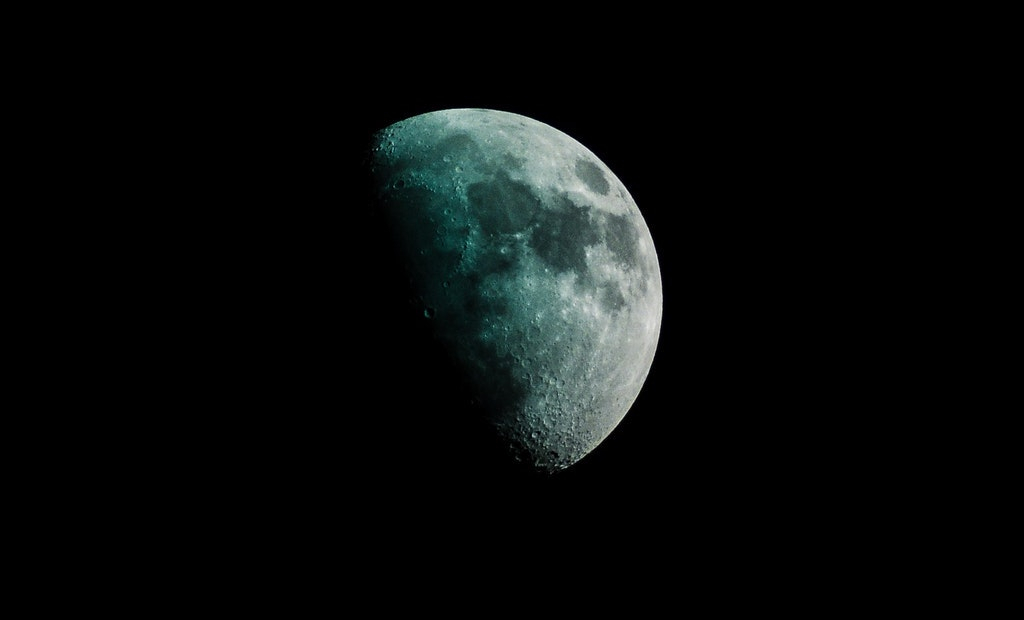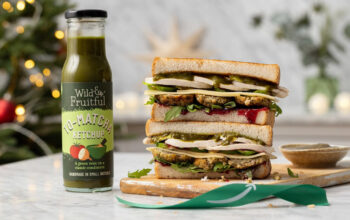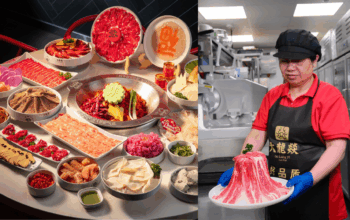What would life on the moon really be like?

Humans have always had a fascination with the moon: it has become symbolic in all aspects of our culture, from art to science, and a goal – something to aspire to both metaphorically and literally. 50 years ago, the Apollo 11 mission made the dream a reality by successfully putting man on the moon, but with Trump recently revealing that he wants humans back on the moon by 2024, as well as disclosing plans to have built a permanent moon base just four years later, it could be that lunar life won’t just be the dream of a few brave astronauts. But what would living on the moon be like?
Conditions
Climate change is heating our planet at an alarming rate, leading to increasing freak weather occurrences and rising sea levels from the rapid melting of the polar ice-caps. The moon, on the other hand, houses several ice reserves in the south pole, which sits at a largely stable 0°C – though the temperature can fluctuate on the rest of the moon between a daytime average of 123°C and -190°C at night. The lack of atmosphere on the moon would have fatal consequences for humans without protection, making it necessary for us to shield ourselves from solar radiation, as well as from frequent meteor crashes.
Shelter
Of course, to live on the moon we would have to build a shelter using the resources available. It is possible to form bricks from lunar regolith (fine moon dust similar to volcanic sand), though it would require a more complex process involving lasers of concentrated sunlight. Then there’s the question of owning land, considering that the Outer Space Treaty of 1967 states that no part of the Moon can be owned by sovereign nations. This would mean that no government could guarantee land rights, make real estate something of a quandary.
Food
It’s almost impossible to grow food on the moon, though scientists are working out ways to get around this. We would have to bring the relevant materials for initial cultivation, after which human waste could be used to keep the process growing. However, we would require a huge amount to actually begin the cycle, especially given that in the moon’s atmosphere we would burn around three times the calories, meaning we would each require at least three times as much food to sustain us. In addition, the crops would need sheltering from high-energy cosmic rays to stay healthy,
Health
Increased exposure to solar radiation is not just harmful for plants, but for us too, and can have severe health repercussions such as degenerative tissue damage, increased risk of cancer and central nervous system damage. We would, therefore, have to be protected at all times. Moondust could also be a big issue – all Apollo 12 astronauts suffered from “lunar hayfever” as the dust irritated their eyes, nostrils and lungs, but for colonies living there full-time, the long-term effects would be far worse.
The editorial unit

























Facebook
Twitter
Instagram
YouTube
RSS